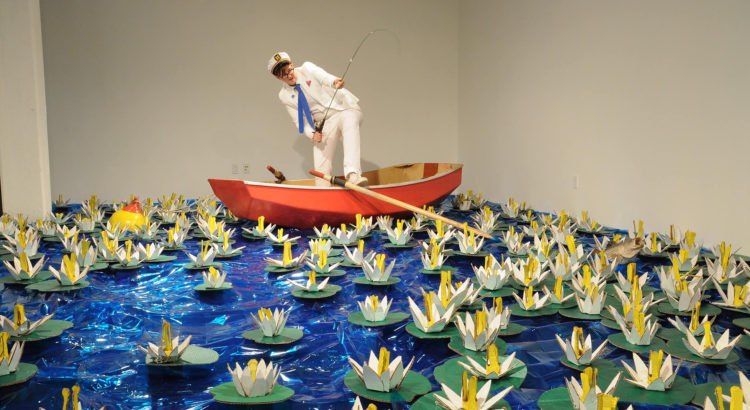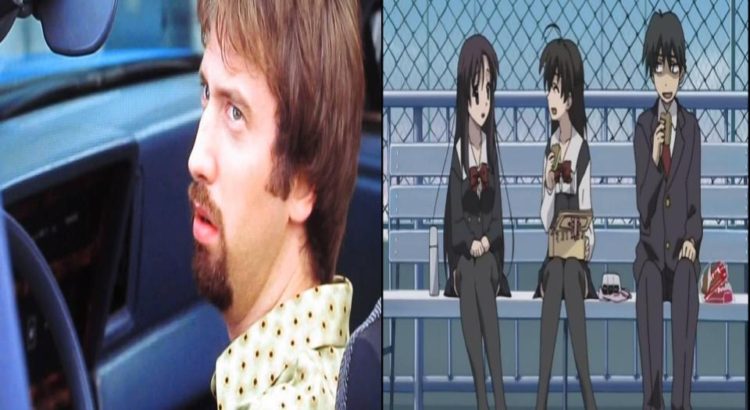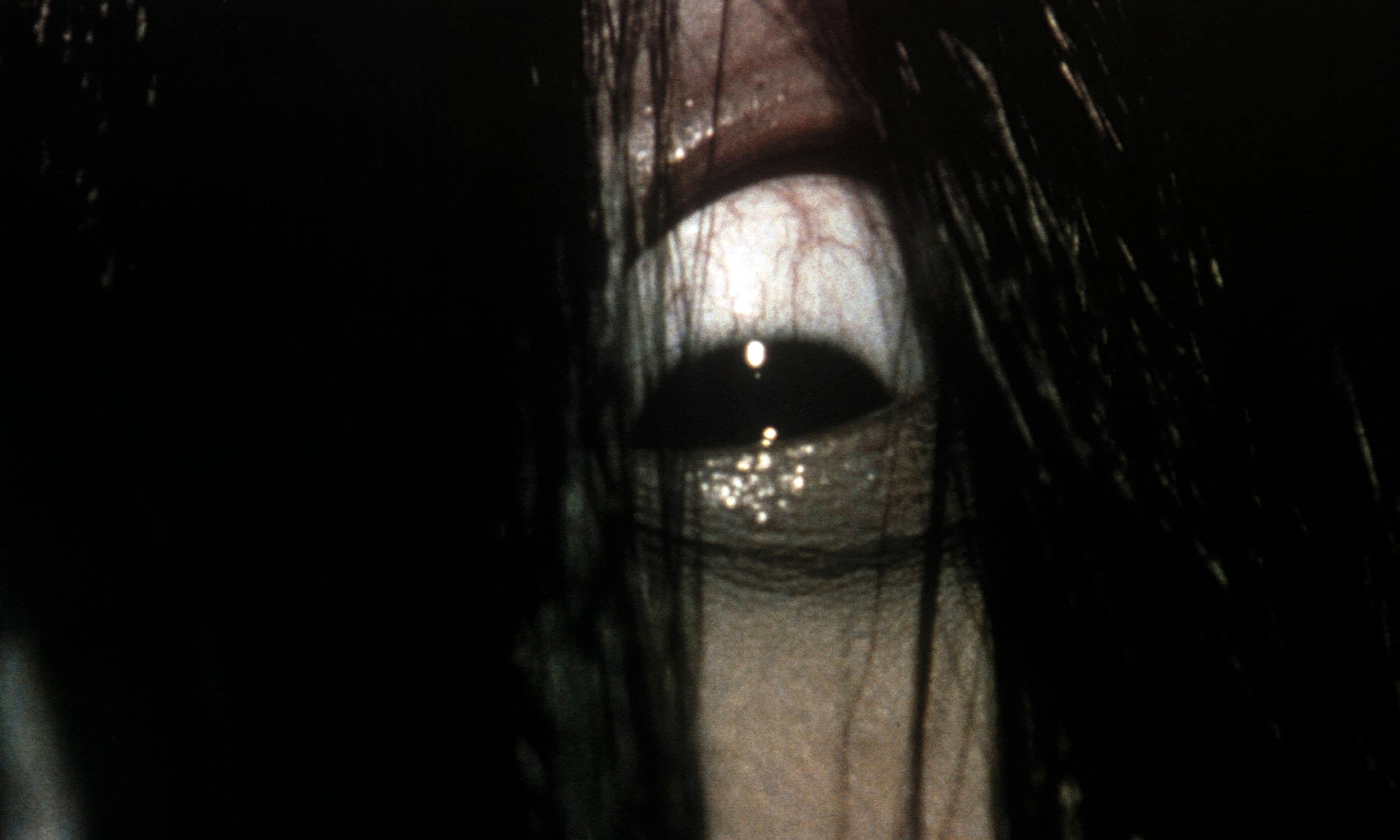By far one of my favorite things that comes along with being a student here is going to the Penny W. Stamps Speaker Series on Thursday nights at the Michigan Theater. All Stamps students are required to go every week, and others outside of the Art and Design school are welcome to come to the free event as well. The speaker series was founded by alumna, Penny W. Stamps, and it is a collective of professional creators from a wide range of art fields. The Stamps Series always creates some sort of inspiration and that is one of the many reasons why it has a special place in my heart.
This week a Seattle based artist, Clyde Peterson came to speak. His medium is usually animation but he dabbles with multimedia work to spread word of his stories and his music.
Routinely, before I go to the lecture I look up the artist who is speaking. Clyde is a part of the transgender and queer community, has created an animated feature length film, and has won a bunch of awards. I was excited for this lecture, and as soon as he stepped on stage and began his casual conversation like speech I became thrilled. His way of speaking was refreshing because he wasn’t talking down to anyone in the audience but rather with us. Clyde began to tell stories of his college life and how he began as a filmmaker and animator. He has one specific project that stood out to me the most called, Boating With Clyde.
It began 10 years ago and rather than his animation films this is a “nautical adventure series” created by Peterson, that presents musicians and artists from all over the world on the waterways of Puget Sound in Seattle(https://www.clydepetersen.com/bio). The area where the shows take place only allows row boats, so Clyde decided to create a community that bonds over making music on the water in this uncomfortable yet beautiful place. He took videos of these performances and made the project be an installation at a gallery by “tricking” them with creating a set for the film. After the first gallery accepted Boating with Clyde, it was easier to get more opportunities for this project. Clyde explained in his presentation that he loves engaging with the project, hence why it has gone on for ten years. He goes in and out of working on this project but he always seems to come back to it because of his love for what he and others have built off of it. He has a “do what you want and love” personality, which has made him struggle with money at times but overall enjoy what he is doing with his life. Clyde Peterson, is an inspiration because of the way he freely has chosen to live life and create art.
Although I have mainly talked about Boating With Clyde, Clyde Peterson has also created many other unique projects which can be found on his website. In addition, checkout his instagram @fuck_you_im_clyde_petersen !!!










